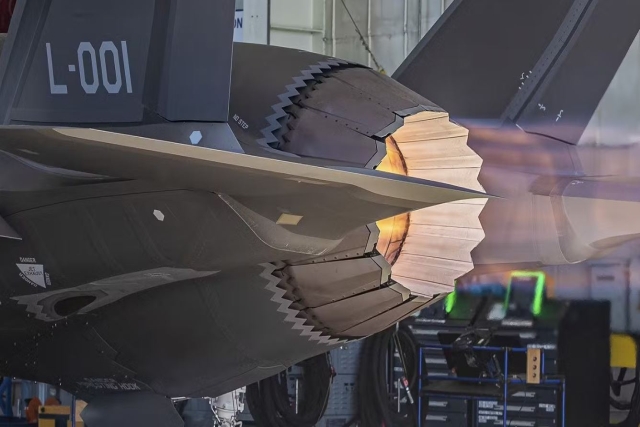China Test Hypersonic Missile Vehicle
China yesterday successfully tested a hypersonic missile vehicle designed to travel several times the speed of a sound, technology that could allow armies to rapidly strike distant targets anywhere around the globe.
The flight was conducted on January 9 and the Chinese vehicle, dubbed the WU-14, is supposed to travel at Mach 10, or 10 times the speed of sound, according to a report in The Washington Free Beacon.
China has confirmed the successful test flight, but stresses that the system is not designed specifically to penetrate US missile defenses, as reported by China Daily.
"It is normal for China to conduct scientific experiments within its borders according to its plans. The tests were not aimed at any nation nor any specific target,” the paper quotes the Defense Ministry as saying.
The vehicle is apparently designed to be launched aboard a conventional ICBM. It then, reportedly, would detach in space and manoeuvre to its target at many times the speed of sound.
The programme appears to resemble the US Department of Defense’s conventional prompt global strike (CPGS) effort, which calls for a capability to hit any target in the world in less than one hour.
In August 2011, the Defense Advanced Research Project Agency’s (DARPA) hypersonic technology vehicle (HTV-2) failed during a test flight related to the CPGS programme.
For China, a hypersonic vehicle could have applications aboard the country’s DF-21D anti-ship ballistic missile (ASBM). A major application of the DF-21D would be engaging US warships in the event of conflict, but according to Flight Global, the analysts doubt Beijing’s ability to provide effective targeting information to such a weapon. An autonomous vehicle, however, would theoretically be capable of guiding itself during the crucial last stage of the weapon’s flight.
The yet-to-be-tested DF-21D has gained notoriety as an “aircraft carrier killer,” but Chinese military thinkers appear to see it engaging a range of warship types, including cruisers and destroyers. What is more, the ASBM would not necessarily need to make a direct hit to be effective, because an air burst of bomblets above an enemy warship could degrade the target’s capabilities, perhaps resulting in a mission kill.









